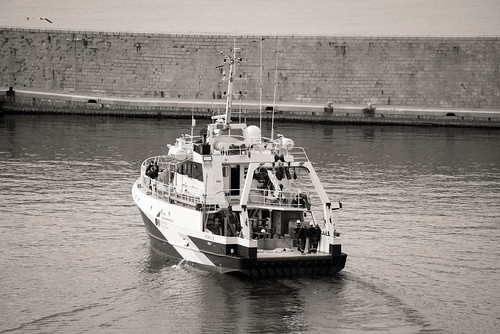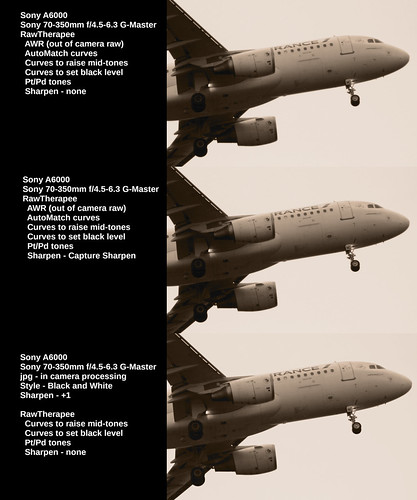The prior two winters we in Nice I feel I learned quite a bit about out of focus rendition (aka: "bokeh"). I had a small stack of Nikkor and Takumar manual focus lenses that I'd brought with me. The project was sparked by my wondering how on planet earth the 85mm f/2.2 SF Pentax had apparently such extreme depth of field, even wide open at f/2.2. My questions were eventually answered and I felt I'd spent my time well during winter "down time" when there wasn't much to do along the cote d'Azur.
This year I changed things up quite a bit. I left all my manual focus lenses at home and abstained from dragging the gorgeous low-milage A7 full frame with me. This year I'm going all AF after having learned that manual glass can be quite heavy and the weight limit on baggage can be breeched if one isn't careful when making an emergency return to Paris via aircraft.
I brought with me two EVF Sony APS-C mirrorless cameras. One is a NEX7 that a friend sent me and the other is my old A6000. The A6000 has a 70-350mm f/4.5-6.3 G-Master OSS mounted on it and the NEX7 has mounted on it what turns out to be a very lovely 16-70mm Zeiss ZA f/4 OSS. The out of focus rendition of the Zeiss lens is to my eyes nothing short of wonderful. I may have to write something about these two lenses someday, but we'll see.
This has left me with no photography blog project to work on. The weather is different this year than the last two (colder and wetter). The pandemic has kept folks locked down (even as they fail to wear masks - is it any wonder that this part of France has blown up "red" on the Covid charts?). And even though we bought a used car (our first in our nine years of living in Europe), we head out about once a week. This still leaves a ton of "down time."
My mind ricochets off this and that idea. Daydreaming, thinking about this and that, and considering my recent realization that Sony has correctly implemented the human perception model for converting color to black and white, something tickled the 'ol brain cells and I got to wondering how "sharp" in-camera jpgs might be compared with AWR (raw) format images processed with "Capture Sharpen" in RawTherapee.
This was my first pass.


Click on the image and inspect it at 100 resolution
It is pretty easy to see that the AWR image processed using "Capture Sharpen" is "sharper" than the out of the camera jpg with "Sharpness" set to 0.
This led naturally to the question of what might things look like if I took the in-camera jpg processing "Sharpness" up to +1? Here's what I found.

Here is the full scene

Click on the image and inspect it at 100 resolution
Comparing AWR/"Capture Sharpen" image with the out of the camera jpg with sharpness set to +1 suddenly became much more difficult. At first I didn't notice any difference. It turns out, differences are rather subtle.
My eyes feel strained. On very close 100 percent full resolution inspection (ie: staring at the screen for minutes on end) AWR/"Capture Sharpen" _feels_ to me "digital" with hard edges and steep light/dark transitions. The in-camera jpg processing _feels_ much more like film to me. There is a nice "roundness" to the sharpened image.
I will continue to shoot AWR because I like the flexibility in image processing. If I really want a film like "roundness" to my AWR, I can apply a light unsharp mask or turn down the sharpening parameters of "Capture Sharpen".
There may be times when in-camera jpg processed images are more than adequate. If I set the imaging storage to AWR + jpg I would have the best of both worlds, right?
Which might lead to an interesting new project. What? I have no idea. I seem to have plenty of time on my hands to think about it, though.
No comments:
Post a Comment